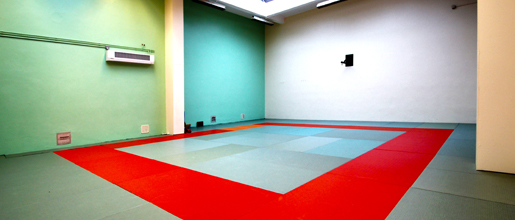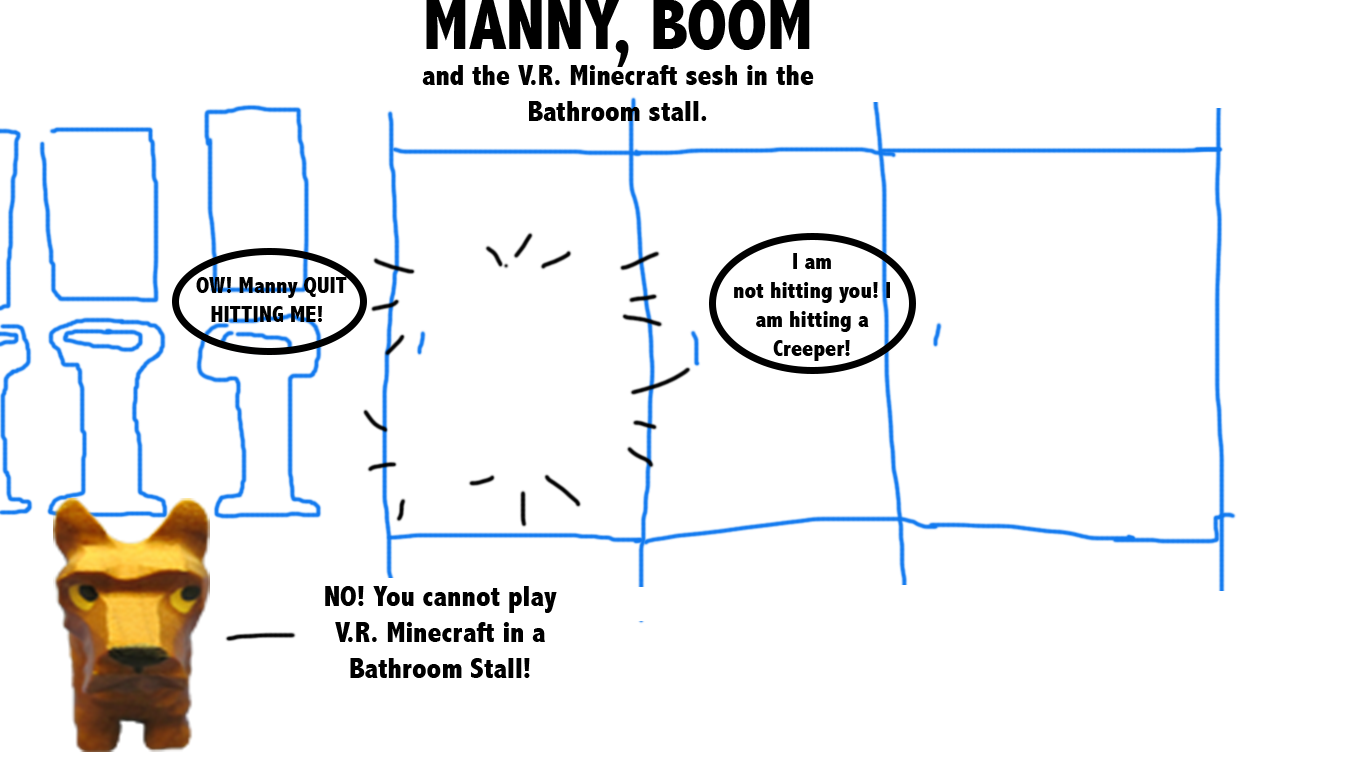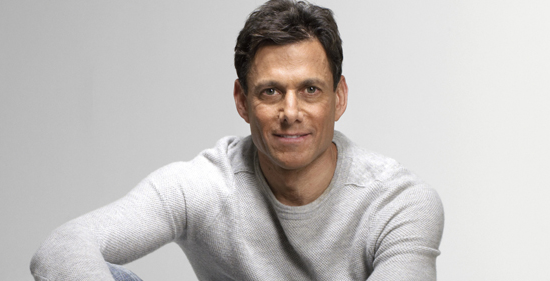The ROOM.

To understand Mr. Zelnick’s comments is to admit to an agreement on the meaning of something that has yet to be defined, Virtual Reality (VR). What does it mean to truly mimic reality? To reproduce it to such a fidelity that its consumer cannot discern the real from the fraud? To be sure, it is not simply an issue of fulfilling the sensory requirements. If VR is to be truly immersive, it must be able to reproduce the literal motion of reality.
We must be able to pick up the virtual teacup and pour it, virtually, on our friend’s head, who then, virtually, gets up, and leaves us in the café by our virtual selves. It is on this point that I, believe, Mr. Zelnick and I synchronize as to our definitions of what “true” VR needs to be able to accomplish.
Thus, the layout of the current HEe reveals itself as inadequate to the demands of VR. People need to be able to move freely, impeded only by the virtual reality in view, and not by any physical obstacles of the actual room. And yet, I do not believe that the solution is beyond our grasp, or, that it requires a dedicated, empty room to achieve it.
What is needed is a technology that acclimates the consumer to the virtual space within the context of the actual room. In other words, there needs to be something that defines and oversees the movement of the consumer while they participate in the virtual environment; a virtual, seeing-eye dog, if you will. I have termed this component the, Spatial Orientation Stabilization Device (SOSD).
The SOSD would be responsible for a number of different, but equally vital, functions of VR. First, and foremost, it would discern the limitations of the immediate space in comparison to the virtual experience requested, and determine if such an event was safe or practical (see Figure 3).

In addition, it needs to be able to adapt the virtual environment to the real one, as best as possible. This is where things get tricky because it means that the game makers have to provide a programming interface that allows the SOSD to tell it how to arrange its virtual world, essentially, giving the SOSD control of the experience. Everyone knows that game makers don’t like to give up control of anything. This functionality of the SOSD is, therefore, likely to cause political issues as the VR ecosystem (VRe) evolves.
Another function of the SOSD, is the stabilization of the virtual environment, again, in comparison, or, contrast to the actual. In other words, despite the goal of total accuracy, virtual is, still, VIRTUAL, and must remain so. For example, some action games like Battlefield 4 feature movement that could make even the most seasoned veterans of real combat, clench (See Video below). Thus, the SOSD must also act as an eject button at times when the consumer cannot, but needs to.
Ultimately, I imagine that the SOSD will not be one device, but several: a combination of programmatic and hardware solutions, all interacting by IEEE standards[2] on some future-defined, VR protocols. Still, in concept, it is possible to recognize that even confined spaces could be easily resolved, and virtual spaces, made compliant, based on technologies that exist today, though some are still in their infancy.[3]
As for Mr. Zelnick‘s (see Figure 4) concerns that the world at large does not have the space to enjoy VR, well, that’s really an issue of the history of wealth and entertainment, and the separation between economic classes. Those that can afford it, will have it, be assured.

In addition to the spatial orientation requirements, the VRe will inaugurate a renewal in sound reproduction. We will now consider how VR will revolutionize sound composition and its presentation in the VR era to come.